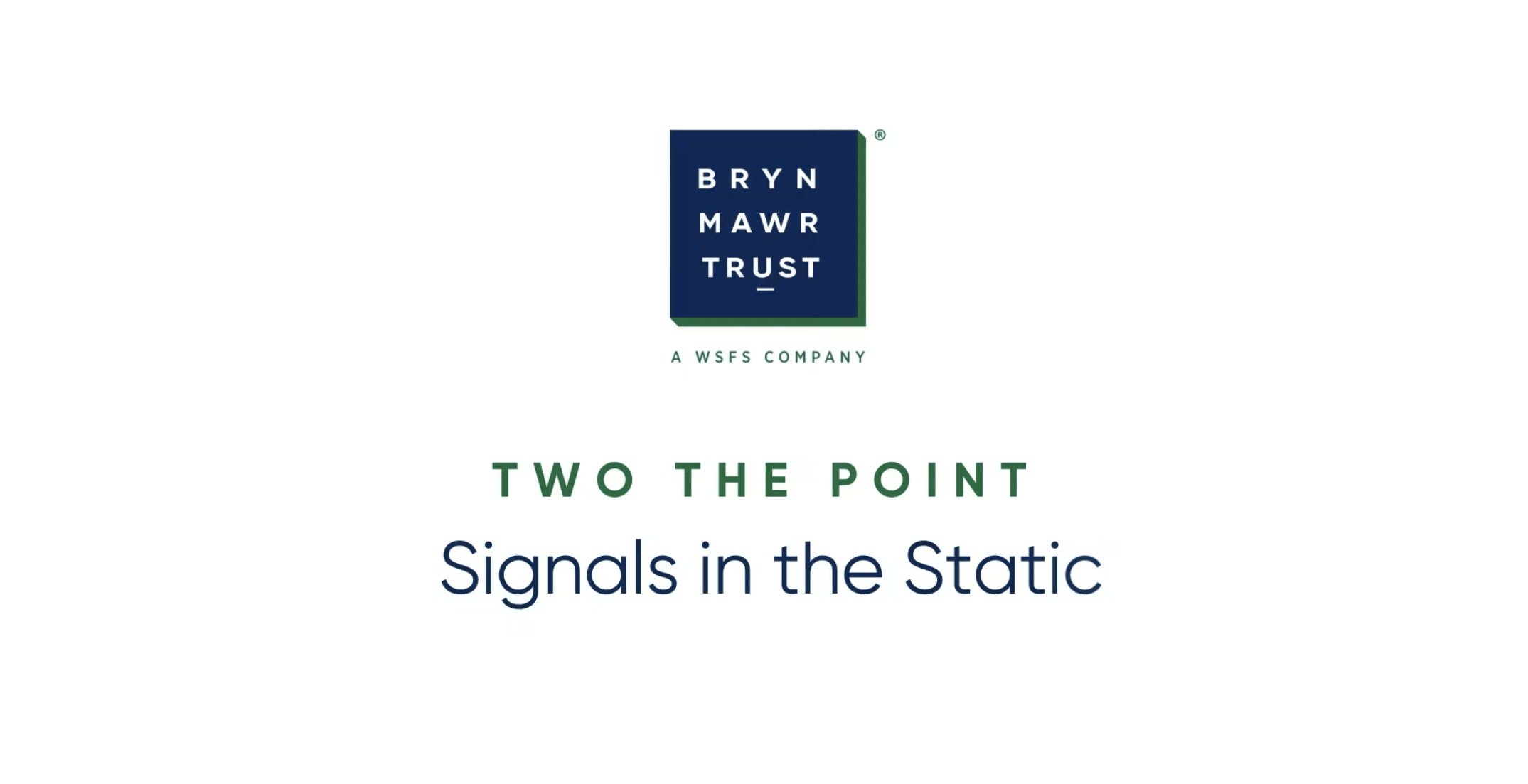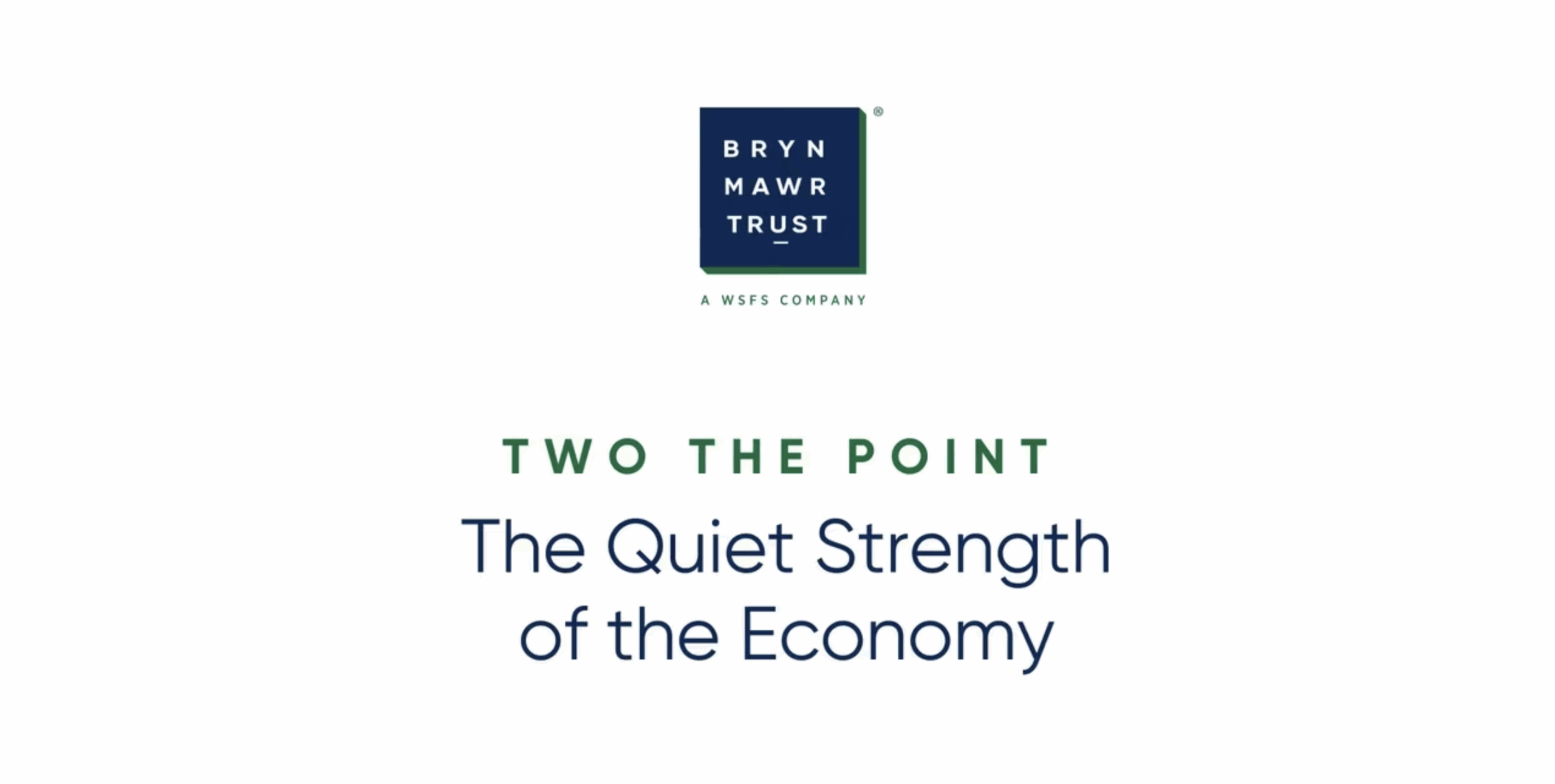Planning for retirement can be an extremely daunting task and varies by individual, but we’re here to help you understand how to better prepare for your “golden years.” Believe it or not, discussing retirement planning and investing for yield can also be fun!
The earlier you start investing in your retirement; the better off you will be.
*JP Morgan 2024 “Guide to the Markets”
In the chart, look at the X-axis (horizontal) illustrating the age at which one STARTS INVESTING ONLY $50 PER MONTH.
For many, that is $25 per paycheck (pre-tax) contributed to a 401(k). We don’t need to be finance experts to glean compelling information here. Starting at 20, investing $50 per month in a long-term investment strategy nets $185,000 by age 65. That figure drops to just over $40,000 if we wait until age 40 to start this process. And that’s it—as financial markets fluctuate continuously; these figures repeatedly account for all LONG-TERM volatility.
No matter how much or how little is invested, the compounding impact of your retirement savings is remarkable.
At my first job in 1997, it was once said to me, “The only thing you need to remember is that you work hard for your money for many years. There comes a time when your money will work hard for you.”
We know our investment portfolios grow over time. This is called “total return,” when portfolios generate two sources of financial return—income generated through dividends and interest and growth in the market value of the securities themselves. Most of us would like to maintain or grow our assets indefinitely. The most powerful way to do this is to match the income generated from our portfolios to our expected cash flows needed to fund our lives in retirement.
Traditional industry guidance is that a 4% annual spending rate throughout retirement is a reasonable ask. However, given inflation (at times being high like now) and other unknown variables, I like to err on the side of conservatism and assume more of a 5-6% target.
We can get there by investing in a broad mix of asset categories that help us grow our assets and generate the income mentioned earlier. Investing for yield means finding assets that “pay us for investing in them.” This includes high-quality dividend-paying stocks – domestic and international – and bonds issued by federal and state governments, various corporations, and asset-backed categories such as mortgages, credit card receivables, and even auto loans. Your investment advisor can help you identify these assets that will meet your income requirements.
The timing of this topic couldn’t be better. Currently, interest rates remain extremely elevated, offering the ideal entry point for investment. We can “lock in” many of the higher prevailing income-producing assets. Another benefit of fixed income (bonds) is when interest rates are relatively high, prices are also low. You are achieving the best of both worlds with high income and low prices to earn it! Many call this “being paid to wait.” Of course, with anything, nothing lasts forever. And that’s why having a solid, long-term plan is the most critical part. And most importantly, no matter where we are in the economic or interest rate cycle, there are always securities to find that will pay us to own them.
From domestic dividend-paying equities, such as household names like Johnson & Johnson and Pfizer, to bonds issued by Microsoft and the U.S. government, it is possible to “have your money work for you as you worked so hard for it.”
Our investment strategy can encompass a wide range of options to generate the income needed for retirement. Whether you envision spending more time on the golf course, traveling, or simply living the life you’ve always dreamed of, we can tailor investments to meet your goals.
This communication is provided by Bryn Mawr Trust for informational purposes only. Investing involves the risk of loss and investors should be prepared to bear potential losses. Past performance may not be indicative of future results and may have been impacted by events and economic conditions that will not prevail in the future. No portion of this commentary is to be construed as a solicitation to buy or sell a security or the provision of personalized investment, tax or legal advice. Certain information contained in this report is derived from sources that Bryn Mawr Trust believes to be reliable; however, Bryn Mawr Trust does not guarantee the accuracy or timeliness of such information and assumes no liability for any resulting damages.




